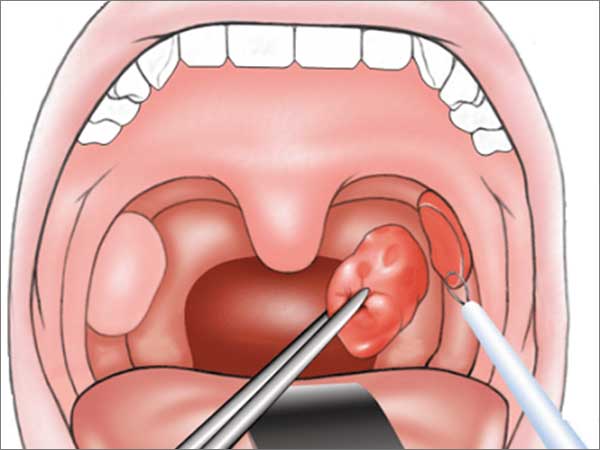Tonsillectomy & Adenoidectomy

Tonsillectomy & Adenoidectomy: Understanding the Procedures
What are they?
- Tonsillectomy: Surgical removal of tonsils.
- Adenoidectomy: Surgical removal of adenoids.
- Typically performed on children.
Tonsils and Adenoids:
- Tonsils: Small glands on each side of the throat.
- Adenoids: Located where the back of the nose meets the throat, often not visible without special instruments.
- Enlarged adenoids can obstruct the airway, causing sleep-disordered breathing, sleep apnea, and ear infections.
- Both can become sources of ongoing infection.
When Surgery is Needed: Doctors recommend these procedures for symptoms such as:
- Obstructed breathing during sleep, leading to mouth breathing and nasal sounding voice.
- Snoring, indicating obstructive sleep apnea.
- Repeated throat infections or tonsillitis not responding to antibiotics.
- Difficulty eating, continuing nasal discharge, sinusitis.
- Changes in upper jaw growth affecting teeth position.
- Tonsillar abscess or restlessness.
- Ear infections and hearing loss.
Procedure:
- Both under general anesthesia, typically lasting an hour.
- No visible stitches, only small raw patches in the throat.
- Surgeon removes tonsils with a scalpel or specialized tools.
- Recovery usually takes 7 to 10 days.
Post-Procedure:
- Throat and ear pain for a few weeks, white patches over throat.
- Bad breath, change in voice or taste temporarily.
- Drink fluids, eat soft foods, rest for a week, avoid strenuous activities for two weeks.
- Pain medication may be prescribed.
Risks:
- Anesthetic reactions like headache, nausea, vomiting.
- Bleeding during or after surgery.
- Infection leading to increased pain or fever.
